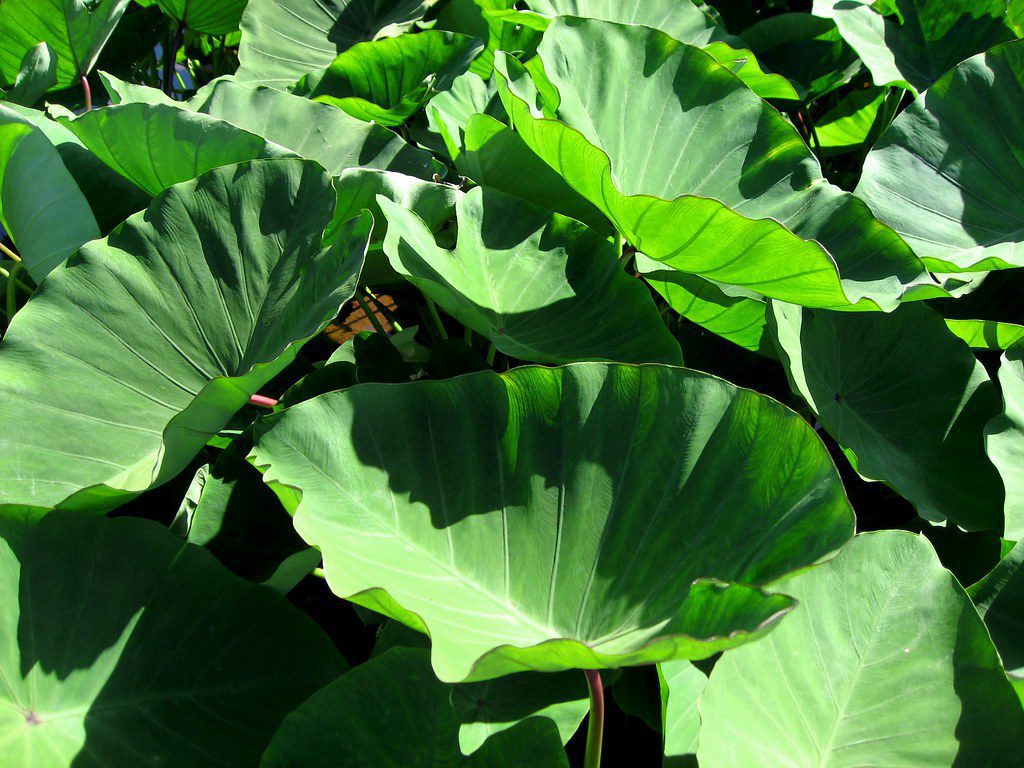
Firstly, introducing Auscrops, a wonderful market vending company bridging farmers and customers together through market vendors. Click here to find out more about taro leaves as well fruit and vegetable offers.
Taro Leaves – All About
If you’ve ever been to an Asian grocery store, you may have noticed a bright green leafy vegetable that looks like a large spinach leaf. This vegetable called taro leaves, and it has many uses in Asian cooking. Let’s take a closer look as well how these leaves used in your kitchen.
What Are Taro Leaves?
Taro leaves come from the taro plant, which is native to Southeast Asia. The scientific name for the plant is Colocasia esculenta, and it belongs to the Araceae family of plants. It grows best in moist, tropical climates with plenty of water and humidity. The leaves are usually a deep green color, with a smooth texture on one side and a bumpy texture on the other.
Nutritional Benefits
Packed with nutrients! They contain high levels of Vitamin A, Vitamin C, calcium, iron, and dietary fiber. They also provide essential minerals such as magnesium, potassium, phosphorus, zinc, and manganese. The high fiber content makes them great for digestion health as well.
Using Taro Leaves in Cooking
Very versatile when it comes to cooking; they can be steamed or boiled and added to soups or stir-fries. They can also be fried or grilled for a flavorful side dish. Furthermore, you can even use them as wraps for savory fillings like meats or vegetables! If you want to make the most out of your taro leaves’ flavor and nutrition profile, try lightly steaming them before adding them to your dish—this will help retain their natural flavor while boosting their nutritional benefits.
Conclusion:
Whether you’re looking for an exotic addition to your meals or simply want something different from your regular vegetables rotation, these leaves could be just what you need! Not only do they add interesting flavor and texture to any dish but they are also incredibly nutritious too!
Click here to read similar articles.
 Français
Français 











